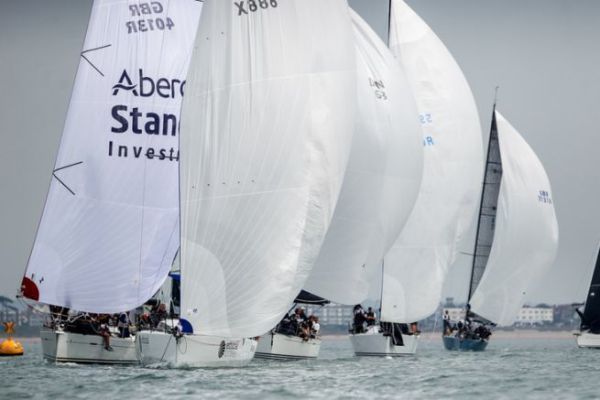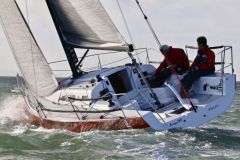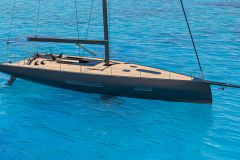Sailing can take many forms, that of a sporting competition, of an offshore voyage, of a cruise in the islands or simply the form of circles in the water. But in all cases, we find a pretext to move a boat with the help of the wind.
Sporting competition, in other words regattas, are as multifaceted as our nautical universe. We race on small boats or large ones, solo or with a crew, offshore or in front of the harbor, with identical boats or a heterogeneous fleet.
Obviously for the racers it is a source of emotions, but it is also an excellent way to improve in all areas of navigation. These are at least two arguments in favor of the practice of regatta for those who like sailing.
While racing can unleash passions, it can also simply attract a sailboat owner who wants a taste of it. And even if you want to follow the nautical news or the discussions in the bistro, it is useful to have some knowledge of how the races work.
With this file we will make an overview of the regatta practices.
We are particularly interested in cruiser racing, and the measurement systems that allow different boats to race together.
And for those who want to participate in a cruiser regatta, we explain the differences between the gauges and how to obtain the necessary certificates to enter a race.
All that remains is to understand the rules of the game, prepare your boat, and train for the regatta.
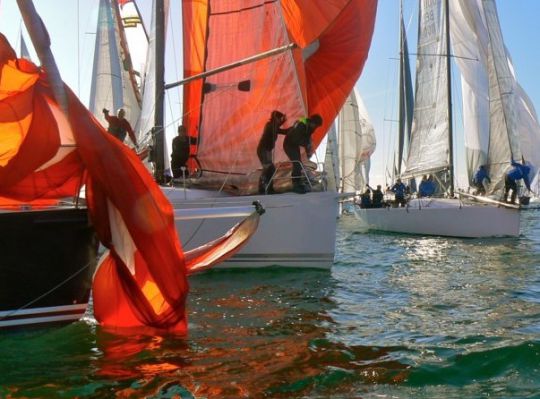
Report summary
1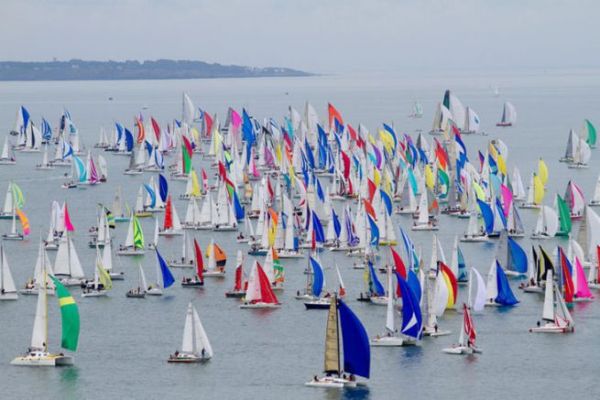
Sailing yacht racing, what are the differences between real time and compensated time?
2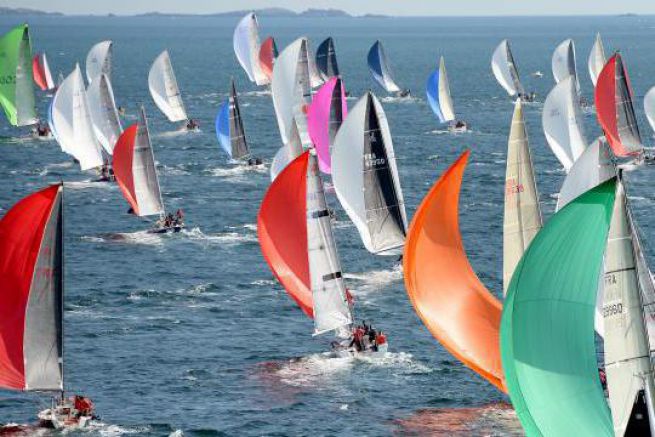
Gauge case: IRC or OSIRIS?
3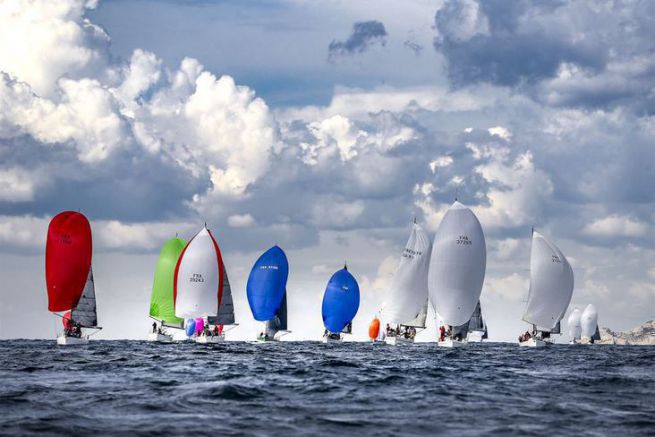
The gauge, an essential tool for racing in IRC or OSIRIS
4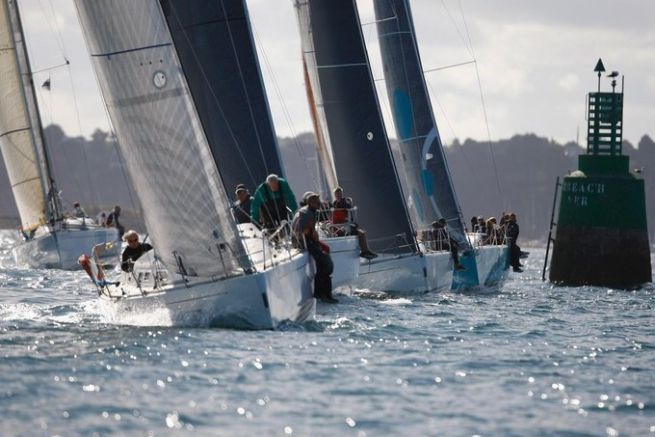
OSIRIS, the French gauge
5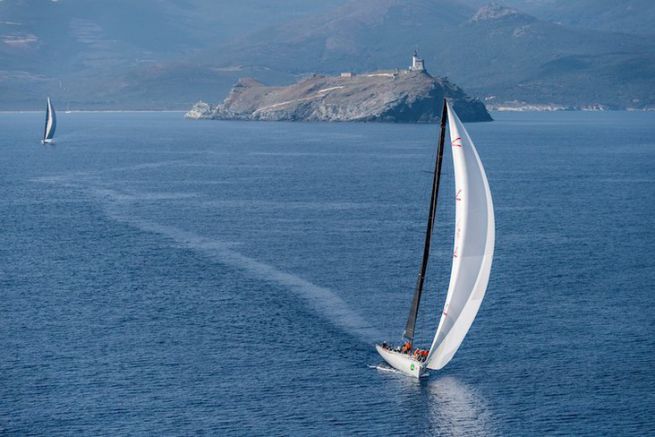
iRC, the original English gauge
6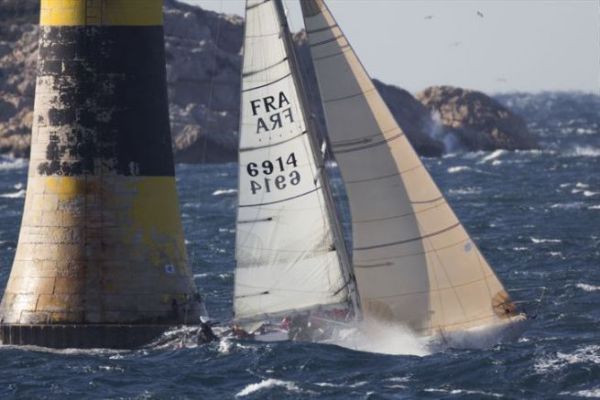

 /
/ 